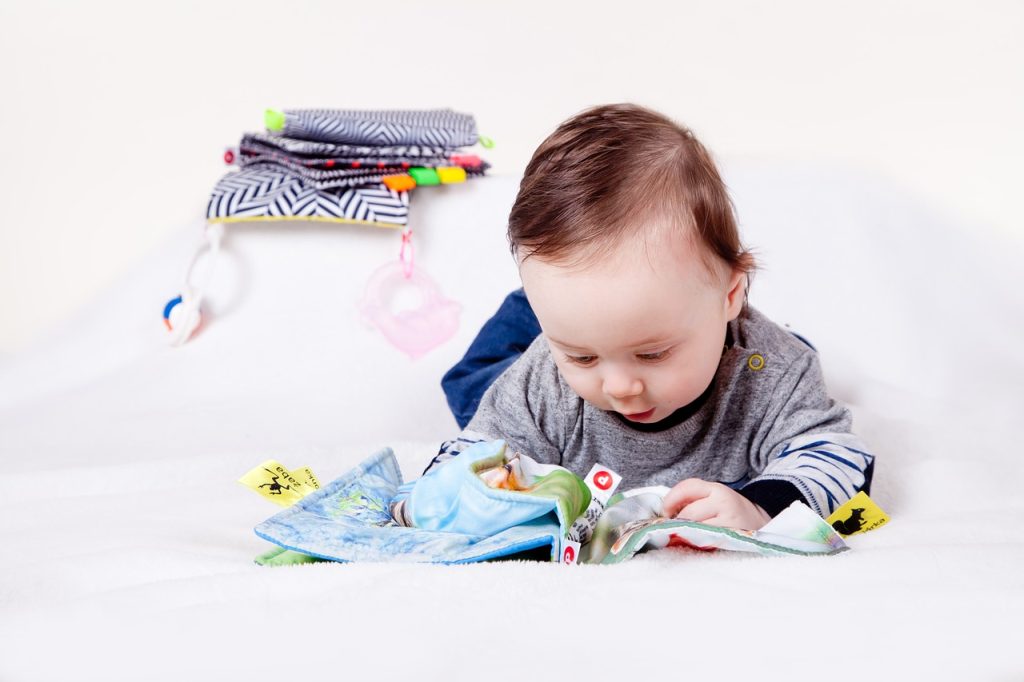 Sometimes you want to have a yummy treat but you don’t want to use the oven or you’re too impatient to wait for a cake to bake. Maybe you don’t have any eggs, or flour? Don’t worry – we have 9 nifty treats to the rescue!
Sometimes you want to have a yummy treat but you don’t want to use the oven or you’re too impatient to wait for a cake to bake. Maybe you don’t have any eggs, or flour? Don’t worry – we have 9 nifty treats to the rescue!
1. Chocolate cornflake crispies
They’re an oldie but a goodie.
Ingredients: chocolate (as much as you like) and cornflakes or rice crispies (just enough for the chocolate to cover them)
Equipment: Hob, saucepan and heatproof bowl or microwave and microwaveable bowl, large bowl and spoon for mixing, cupcake cases, fridge
Melt some chocolate either in a bowl over saucepan on the hob or in the microwave, mix it with some cornflakes or rice crispies, spoon it into cupcake cases, pop them in the fridge and wait for them to set (that’s the hard bit!).
2. No bake cheesecake
And you thought cheesecake was complicated…
Ingredients: Half a pack of digestive biscuits (or hob nobs or ginger nuts), 125g butter , 375g cream cheese, 1 x 400g tin of condensed milk, lemon juice (to taste)
Equipment: A freezer bag, rolling pin, microwave and microwaveable bowl or hob with saucepan and heatproof bowl, mixing bowl and spoon, round baking tin with removable base (ideally springform), fridge, cling film, scales, tin opener
Take the cream cheese out the fridge to soften. Put the biscuits in the bag and crush them with the rolling pin. Melt the butter and combine it with the biscuit crumbs to make a base. Put that in the baking tin and chill until set (usually around 15mins). Then mix the cream cheese, condensed milk and lemon juice together, spoon it over the base and leave overnight.
3. Fruit ice lollies
Make these on a rainy day so when the sun comes out they’re ready!
Ingredients: Fresh fruit (berries, kiwi, peaches, apricot and mango all work well) fruit juice
Equipment: Ice lolly sticks and moulds, or you can improvise with lolly sticks and little plastic cups, chopping board, knife, freezer
Chop the fruit up and pop it in the moulds, fill to 2/3 with fruit juice, pop them in the freezer and enjoy!
4. Iced biscuits
It doesn’t much simpler (or messier) than this
Ingredients: Biscuits, tubes of ready made icing or icing sugar, water and food colouring mixed to a smooth paste
Equipment: None if you’re using ready made icing tubes, a bowl, spoon and piping bags or bottles if you’re not
Give children the biscuits, give children the icing. Stand back.
5. Yoghurt dipped fruit
Fun and healthy!
Ingredients: Fruit (strawberries, blueberries, bananas, kiwis, raisins), greek yoghurt
Equipment: Knife, chopping board, bowl, trays suitable for freezing, baking paper, freezer
You can choose whether to leave fruit whole or cut it in half or into slices, depending on the fruit. Cover the trays with baking paper. Once prepared, dip the fruit in the yoghurt, put them on the tray, put the trays in the freezer and leave for an hour or so. The idea is to set the yoghurt but not to freeze the fruit (although you can if you want!)
6. Coconut lemon slice
A classic combination of flavours to try with children
Ingredients: 200g shortbread biscuits, 200g condensed milk, 2 cups coconut, zest of 1 lemon, 30g butter, 2 cups icing sugar, 3tbsp lemon juice
Equipment: Freezer bag, rolling pin, mixing bowl and spoon, deep baking tray, baking ppaer microwave and microwaveable bowl, lemon zester, fridge, scales, tin opener
Crush the biscuits in the freezer bag using the rolling pin, then put them in the mixing bowl with the condensed milk, coconut and lemon zest. Combine these, melt the butter and stir it in. Transfer the mix to the baking tray and press it down firmly. Make the icing by combining the sugar and lemon juice and spread it on top. Chill until set and keep in the fridge.
7. Eton Mess
Quick, easy and infinitely variable
Ingredients: Meringues, whipped cream, fresh fruit (traditionally strawberries, but other berries, pineapple, passionfruit and mango are yummy alternatives)
Equipment: knife, chopping board, small bowls
Prepare the fruit, add the meringues broken into small pieces, gently mix in the whipped cream and serve
8. Mini banoffee pies
Ingredients: Digestive biscuits, Carnation caramel, banana, whipped cream
Equipment: knife, chopping board, tin opener, spoon
Arrange the digestive biscuits on a plate, top with caramel, sliced banana and whipped cream
9. Microwave chocolate cake
Who said no baking meant no cake?
Ingredients: 4tbsp flour, 4tbsp sugar, 1tbsp cocoa, 2tbsp beaten egg (can be left out), 3tbsp milk, 3tbsp sunflower oil (or melted butter, or apparently mashed banana works too), chocolate chips, optional flavouring – vanilla or cinnamon work well
Equipment: Microwave, microwaveable bowl, tablespoon
Mix ingredients together, microwave. My microwave cooks this to perfection in 1 min 30s but you may need to experiment a little.





